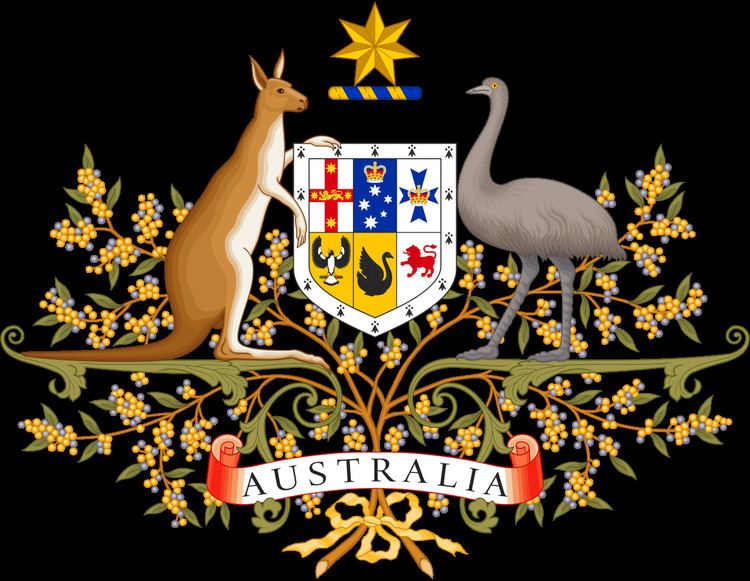Date commenced Various dates | ||
 | ||
The Commonwealth Electoral Act 1918 was an Act of the Australian Parliament passed in 1918 which replaced the Commonwealth Franchise Act 1902 which had defined who was entitled to vote in Australian federal elections. The 1902 Act set uniform national franchise criteria, establishing the voting age at 21 years and women's suffrage at the national level, also a right to stand for election to the Parliament. That Act also disqualified from voting a number of categories of people, including Indigenous peoples from Australian, Asia, Africa and the Pacific Islands (except New Zealand Maori), even if citizens of the British Empire. A plurality voting system ("first-past-the-post") was established. The 1902 Act also made it clear that no person could vote more than once at each election. The 1902 Act was amended in 1906 to allow postal voting. In 1908, a permanent electoral roll was established and in 1911 it became compulsory for eligible voters to enroll. Compulsory enrollment led to a large increase in voter turnout, even though voting was still voluntary.[1] From 1912, elections have been held on Saturdays.
Contents
- Provisions
- 1924 amendment
- 1949 amendments
- 1962 amendments
- 1973 and 1974 amendments
- 1984 amendments
- 2016 amendments
- References
The 1918 Act was introduced by the Nationalist Party of Billy Hughes and is still the core legislation governing the conduct of elections in Australia, having been amended on numerous occasions since 1918.
Provisions
The 1918 Act replaced first-past-the-post voting with instant-runoff voting ("preferential voting") for the House and the Senate. (Preferential voting had been pioneered by Queensland in 1892.) The voting system was changed by the anti-Labor Hughes after the 1918 Swan by-election, which saw the Labor candidate win with 34% of the vote due to a split in the anti-Labor vote between the Nationalist and Country Party candidates, with 29.6% and 31.4% respectively.
1924 amendment
Compulsory voting at federal elections was introduced in 1924, as a condition of the Country Party agreeing to form an alliance with the then minority Nationalist Party.
1949 amendments
The Chifley Government amended the Electoral Act in 1949, in time for the 1949 federal election:
Though in 1949 Australian nationality law was also amended to create an Australian nationality, the criteria for the franchise remained that of being a British subject.
1962 amendments
In 1962, the Menzies Government extended the franchise to Indigenous Australians at federal elections, though enrolment was voluntary.
1973 and 1974 amendments
The qualifying voting age was lowered by the Whitlam Government in 1973 from 21 to 18 years, and the ACT and Northern Territory became entitled to representation in both Houses for the first time in 1974.
1984 amendments
The Hawke Government made a number of significant changes to the Electoral Act in 1984:
2016 amendments
In 2016 the registered preference part of the Senate group ticket voting system was abolished, to avoid undue influence of preference deals experienced in 2013, and especially cascading preference deals (which are unlikely to be obvious to most voters).
